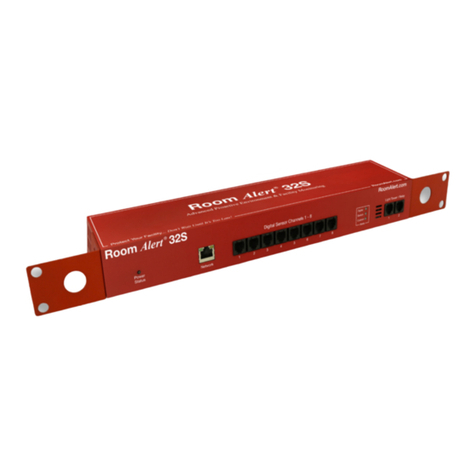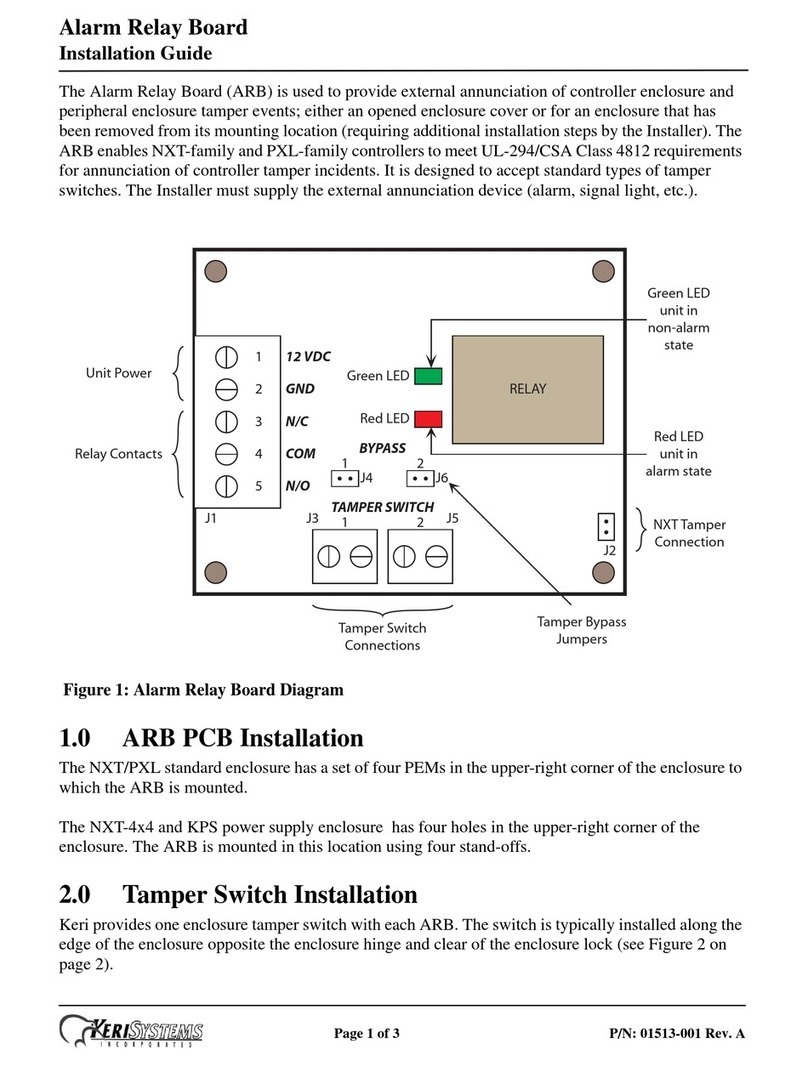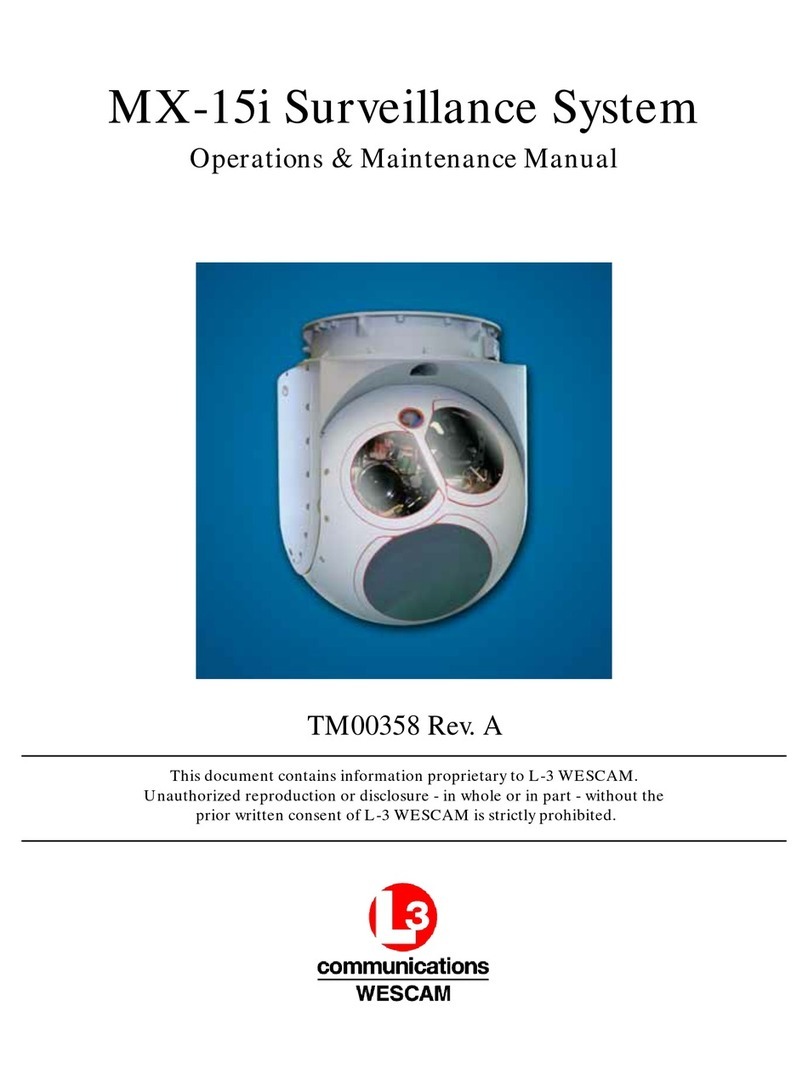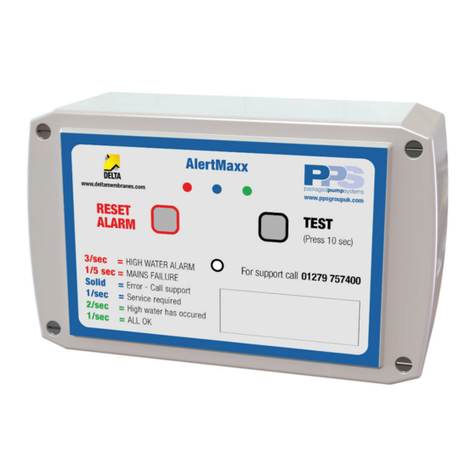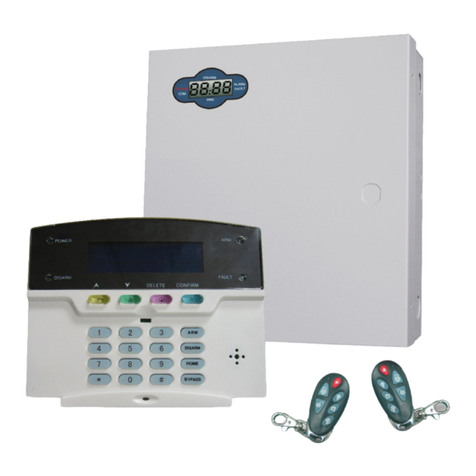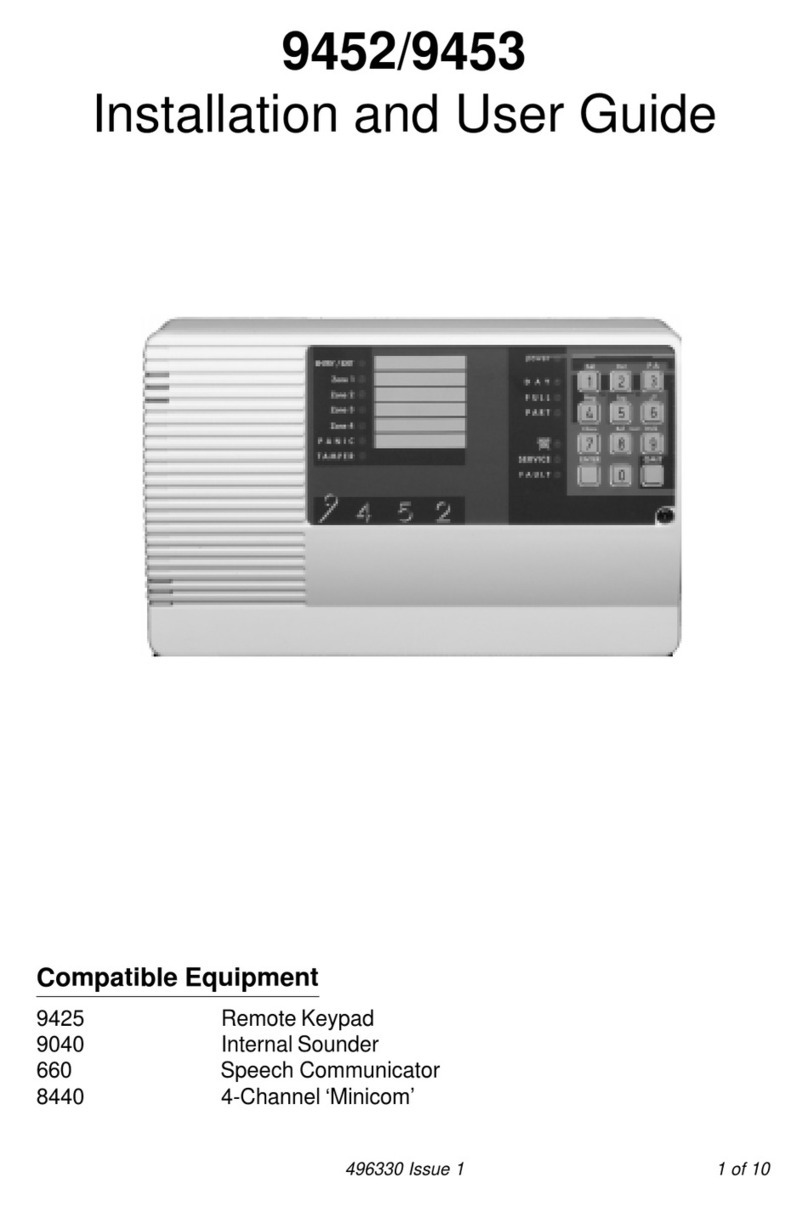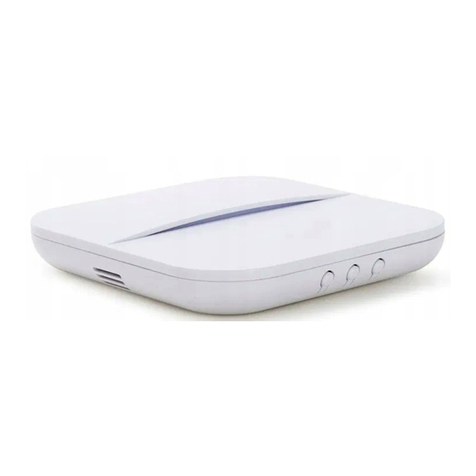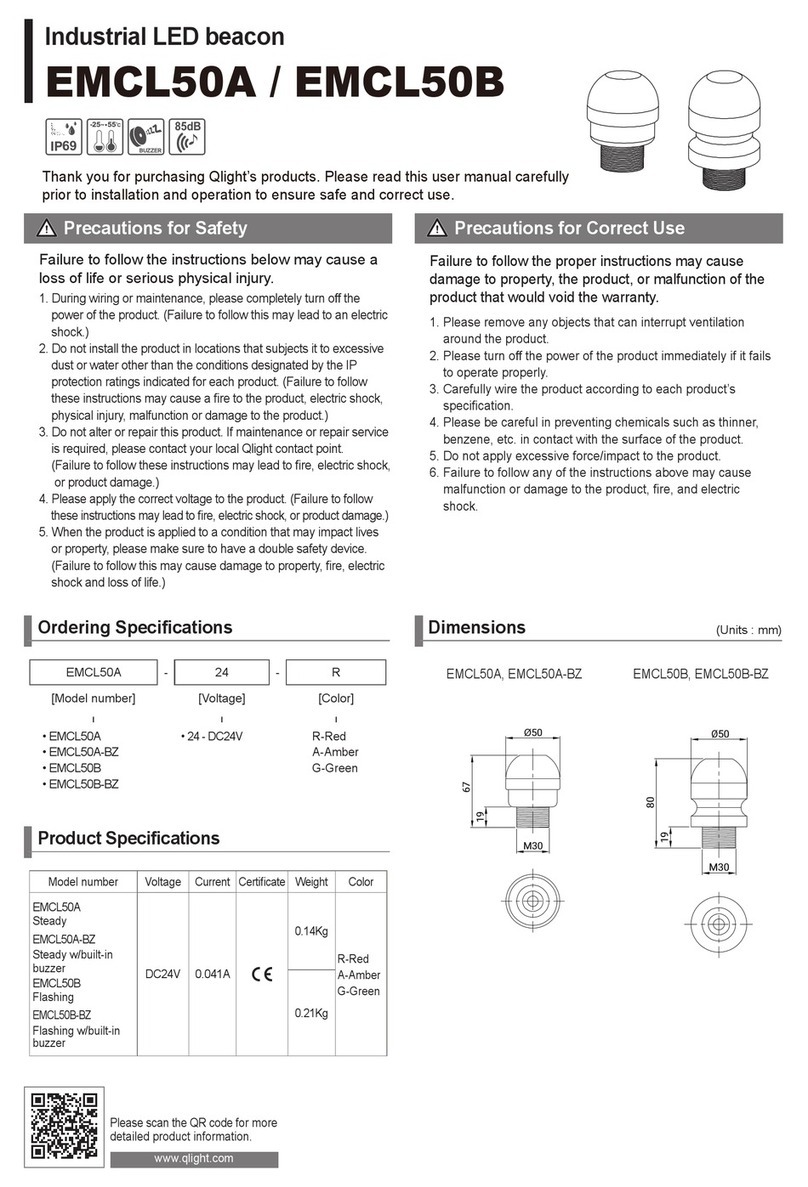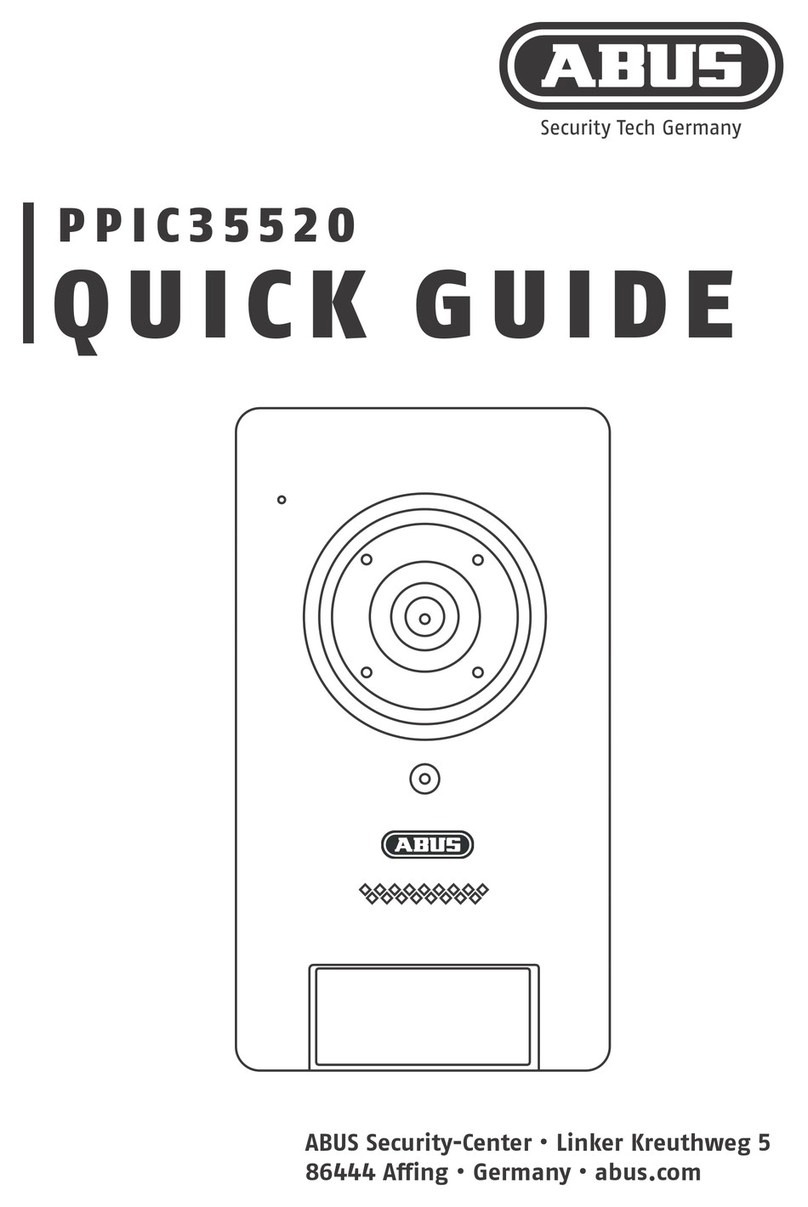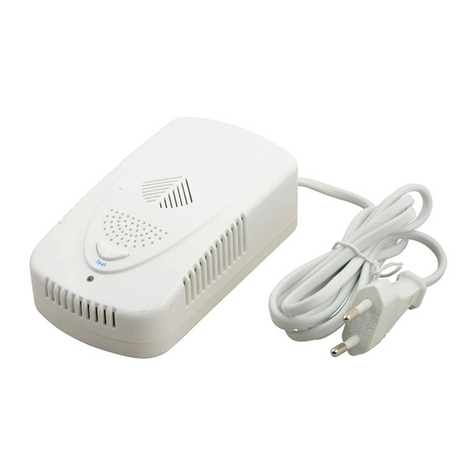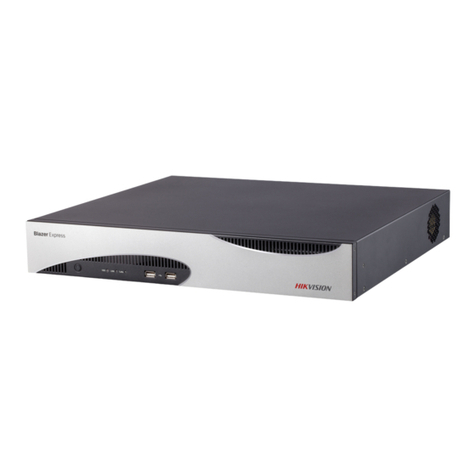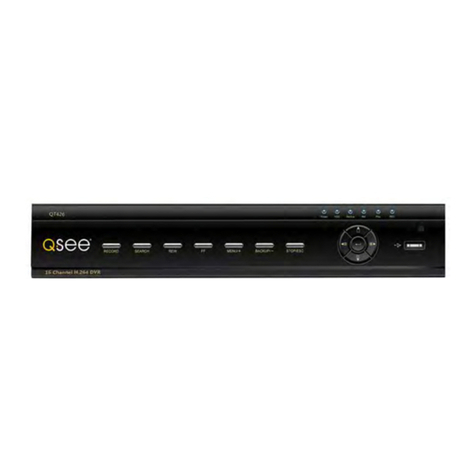The Deer Cop’s operation is identical to the Goose Cop except
for mast height and sensitivity settings.
Please refer to the Goose Cop owner’s manual for complete
instructions and detailed information.
Attaching the Deer Cop to The Blower
Remove the Deer Cop from the canvas pouch; roll out the envelope face up.
Open the hook and loop flap at the base of the envelope. Start at one end and
attach using the molded rib on the blower as a guide.
Install the Battery
-Remove the screw securing the battery door to the sensor.
-Install the 9v battery (included), the LED under the lens will illuminate for 2
seconds.
-Replace door and screw.
Your Deer Cop arrives fully programmed and is set to time out after 5 minutes.
Receiver range is up to 500 feet but this may be affected by obstructions,
buildings, terrain etc.
Blower Unit
This unit must be operated on a GFI protected circuit for safe
operation. Care should be taken to protect the connection of the blower
power cord to the GFI protected circuit with a suitable gasket or weather
resistant housing as moisture in the connection can cause the GFI to trip.
Extension cords:
Please use the following guidelines when using extension cords. Undersize
cords cannot be used as the resulting voltage drop could burn out the blower
motor. Warranty will be void if operated under this condition. Because the
Goose Cop draws under 2 Amps the NEC (National Electrical Code)
recommends the following cord size:
0 –50 FT: 18 AWG
51 - 100 FT: 16 AWG
101 –150 FT: 14 AWG
Blower Location
A plywood base is supplied for temporary use with the Deer Cop and must be
used if the fan unit is used on grass, sandy or rocky areas. Grass will impede
the airflow and prevent the Deer Cop from dancing properly, sand or small
rocks can get sucked into the unit damaging the blower. Anchor base in place
using lawn spikes or large nails in drilled holes.
Initially place the blower in the center of the area you wish to protect. It is
recommended that the position be changed occasionally to give a different look
so deer and other wildlife don't get accustomed to the Deer Cop location.
Mast Height and Motion Sensors
Use full mast height (4 feet) for most situations. Position the sensors
temporarily to see what works best for your layout, preform the walk test (see
Goose Cop manual for full instructions) to determine the detection area.
Each sensor will protect an area roughly 60’ x 36’, additional sensors can be
added for larger areas, up to a total of eight. 100% coverage is not needed as
deer will wonder into the detection area and activate the Deer Cop before
little or any damage can be done.
Motion sensor sensitivity can be set to position 2 (lower sensitivity) as deer are
a much larger target than geese. Used in a garden setting, position 1 can
produce more false alarms. However, should you feel more sensitivity and a
larger detection area are needed, set the sensitivity to position 1. Please refer
the Goose Cop manual to reset sensitivity levels. See “A Word About PIR
Sensors” in the owner’s manual.
Once sensor location and mast height are determined. Assemble the mast,
twisting to firmly set the sections.
Remove the plug from the ground stake, using a block of wood to protect the
top of the stake, drive the stake into the ground making sure it is kept plumb.
Thread the mast snugly into the ground stake. Place the sensor head
assembly on the mast and tighten the setscrew. Final positioning will be
determined later. Replace the plug when the mast is removed to keep dirt and
debris out of the threaded opening.
